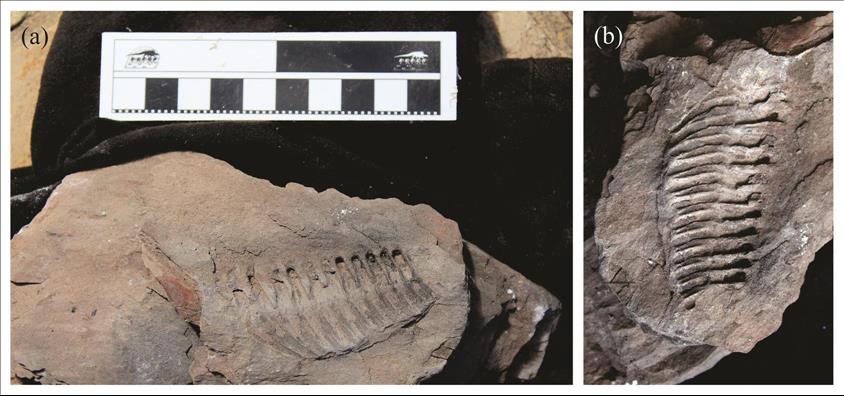
How we know that ancient African people valued fossils and rocks
There are many benefits to this work. One is that it confirms how much knowledge and insight existed in pre-scientific cultures. Another is that a knowledge of local geomythology can help palaeontologists to identify and study important fossil sites.
There's a lot of information about geomythology from places like North America , Europe and China . But very little is known about this field on the African continent, and particularly in southern Africa. We found this surprising: the region is home to the ' Cradle of Humankind ', a world heritage site. It's of critical importance in the origin of modern humans and has a tremendous fossil record , which includes numerous vertebrate trackways – the footprints that ancient species left as they moved around the landscape.
This evidence, coupled with the remarkable tracking ability of groups like the San , suggests that early southern African cultures might have been aware of this evidence in stone and what it represented: remarkable creatures that no longer existed.
We set out to better understand southern Africa's geomythology. This was done using our combined knowledge, as well as literature searches. Our study features 21 sites across southern Africa – and also lists sites elsewhere in Africa, like Uganda, Tanzania, Cameroon and Algeria – that show evidence of geomythology among pre-scientific societies.
Our hope is that this work will form a foundation for further studies, and that in time a diverse non-western, indigenous palaeontological and geomythological heritage will become evident in southern Africa. The resulting knowledge may shed new light on how our ancestors thought and behaved.
Two categoriesTwo main categories of geomythology emerged in our study. The first were manuports. These are unmodified objects like fossils or quartz crystals that are found in places where they couldn't possibly have occurred naturally. Manuports would have made people curious enough to pick them up, carry them and store them.
We found examples of these in several places in South Africa and Lesotho. One of the most fascinating manuports was the remarkable fossil of a Karoo reptile, which was reportedly found being used as a pot lid in a Griqua hut around 1830. This specimen went on to become very important in the elaboration of the study of continental drift.
Quartz – and its relationship to beliefs on spiritual sight – figured prominently in our findings. One notable example was a large quartz crystal manuport from the southern Cape: it was found wedged into the eye socket of an infant in a burial site in a cave shelter.
Arguably the most famous and certainly the oldest known manuport in the world is the ' Makapansgat cobble '. It resembles a human face, and has been dated to 2.95 million years. The inference is that someone appreciated the facial likeness – and maybe the red colour – and picked it up in the earliest known example of symbolic thinking.
The second major category involved spatial associations between rock art and dinosaur skeletons and trackways, particularly in South Africa's eastern Free State and Lesotho.
The most compelling example was at Mokhali Cave . This is a rock art site containing an image of a dinosaur footprint beside bird-like images, close to dinosaur trackways and dinosaur bones.
Buttressing such evidence were ethnographic studies which document myths of prehistoric monsters that may have made the tracks. These examples were complemented by a petroglyph resembling a dinosaur track in the northern Cape and rock art in the Cederberg with images that resemble mammal-like reptiles from the Permian period. These images were perhaps inferred from people's awareness of trackways and fossils, and what these represented.
Future inspirationThese sites, and others we studied, share some commonalities with sites on other continents. But they have a uniquely African flavour, such as the San in the Kalahari Desert carrying fulgurites (rocks created by the fusion of sand during lightning strikes) to use in ceremonies to ward off lightning or to summon rain.
And, as we suggest in our study, geomythology – and those curious collectors from so long ago – can be a powerful way to inspire more people on the continent to become interested in Africa's palaeoscience.
- Fossils Southern Africa Human origins Cradle of Humankind Geomythology Global Perspectives African fossils

Legal Disclaimer:
MENAFN provides the
information “as is” without warranty of any kind. We do not accept
any responsibility or liability for the accuracy, content, images,
videos, licenses, completeness, legality, or reliability of the information
contained in this article. If you have any complaints or copyright
issues related to this article, kindly contact the provider above.


















Comments
No comment